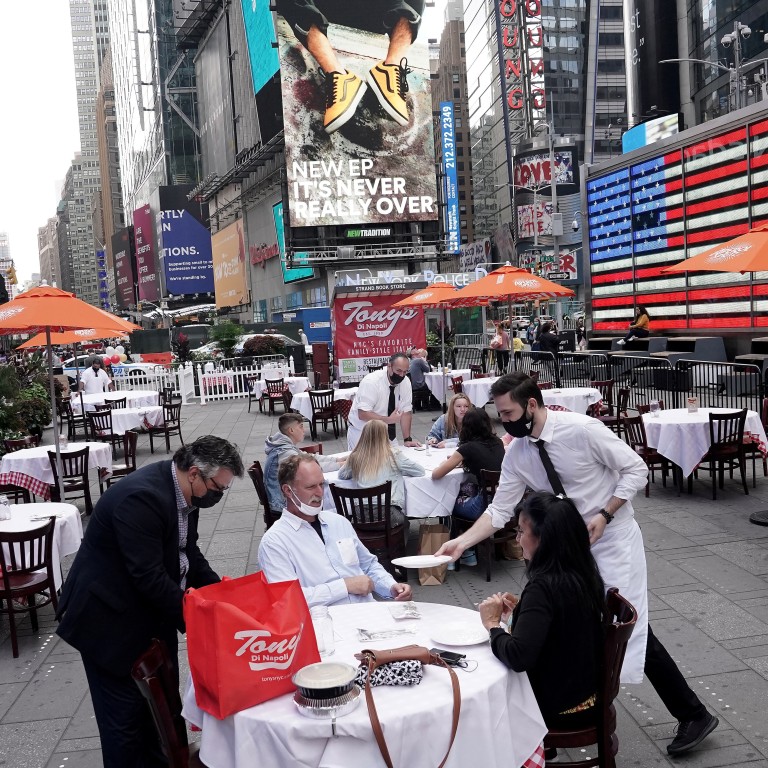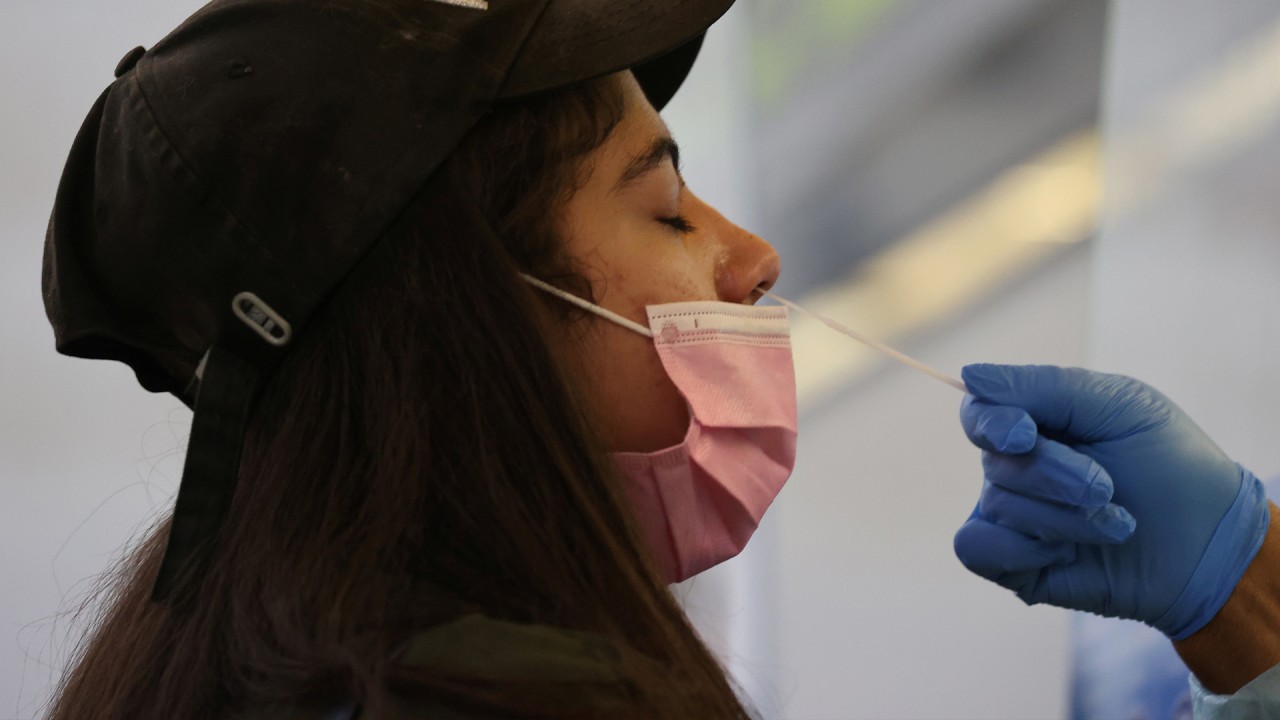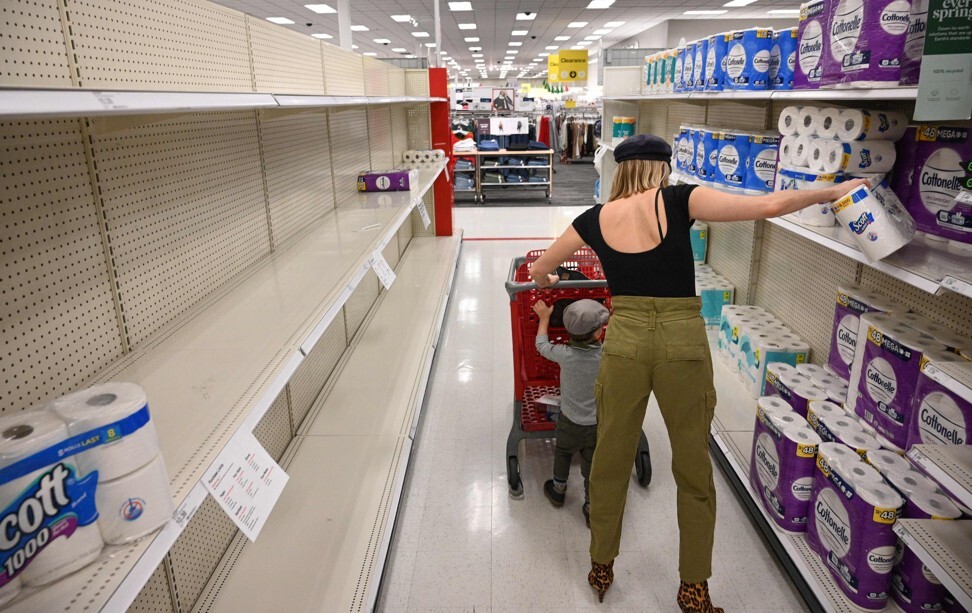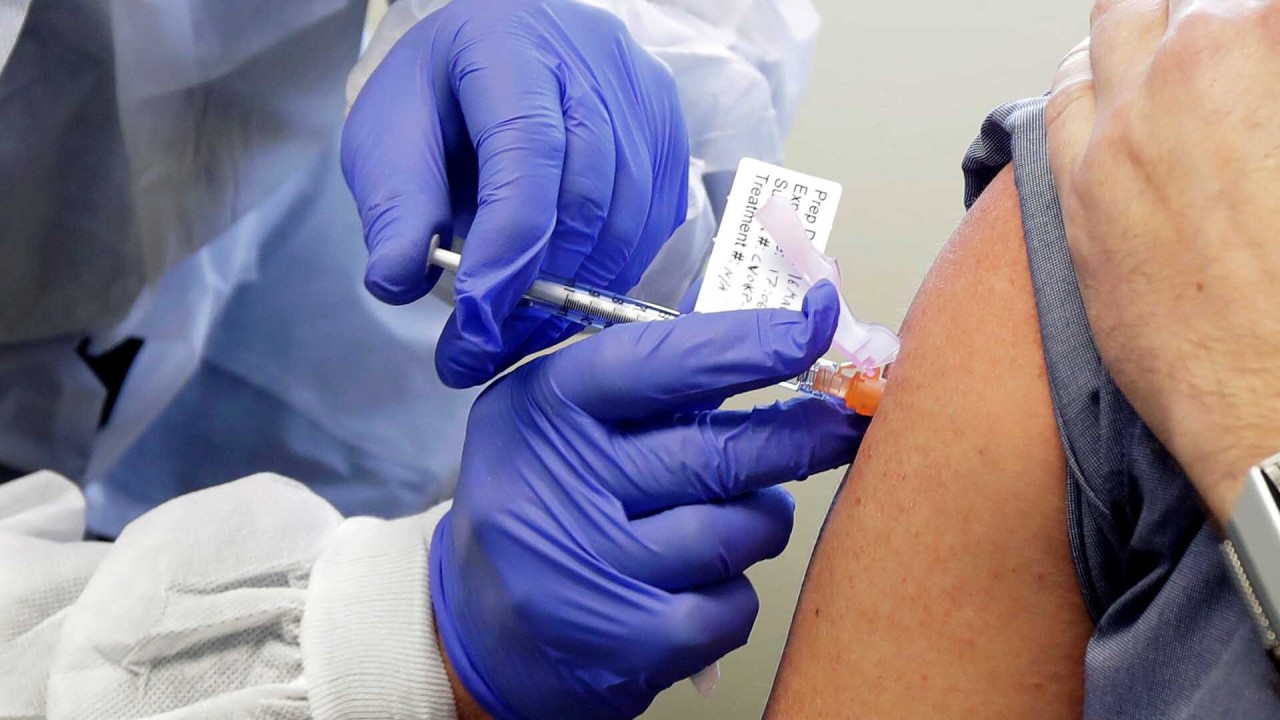
Despite coronavirus vaccine hope, US must brace itself for a winter of despair
- Vaccination is unlikely to bring about so-called herd immunity until mid-2021. For a vulnerable US economy entering lockdown again, the case for a double-dip recession is compelling
The combination of pandemic fatigue and the politicisation of public health practices has come into play at precisely the moment when the long anticipated second wave of Covid-19 is at hand.
The relapses reflect two conditions: lingering vulnerability from the recession itself, and the likelihood of aftershocks. Unfortunately, both conditions have now been satisfied.
Vulnerability is hardly debatable. Notwithstanding the record 33 per cent annualised snapback in real gross domestic product growth in the third quarter of this year, the US economy was still 3.5 per cent below its previous peak in the fourth quarter of 2019.
With the exception of the 4 per cent peak-to-trough decline during the 2008-9 global financial crisis, the current 3.5 per cent gap is as large as that recorded in the depths of every other post-World War II US recession.
Consequently, it is ludicrous to speak of a US economy that is already in recovery. The second quarter snapback was nothing more than the proverbial dead cat bounce – a mechanistic post-lockdown rebound after the steepest decline on record. That is very different than the organic, cumulative recovery of an economy truly on the mend. The US remains in a deep hole.
Just ask American consumers, who, at 68 per cent of gross domestic product, have long accounted for the dominant share of US aggregate demand. After plunging by an unprecedented 18 per cent from January to April, total consumer spending has since recouped about 85 per cent of that loss (in real terms). But the devil is in the detail.

02:11
Americans get coronavirus tests ahead of Thanksgiving family visits as US cases spike
The rebound has been concentrated in goods consumption – big-ticket durables like cars, furniture and appliances, plus soft-good non-durables like food, clothing, fuel and pharmaceuticals that have more than made up for what was lost during the lockdown-induced plunge.
In September, goods consumption in real terms was 7.6 per cent above its pre-pandemic January 2020 high. The bounceback benefited significantly from a surge in online buying by stay-at-home consumers, with e-commerce going from 11.3 per cent of total retail sales in the fourth quarter of 2019 to 16.1 per cent in the second quarter of 2020.
But services consumption, which makes up over 61 per cent of total US consumer spending, is a different matter altogether. Services accounted for fully 72 per cent of the collapse in total consumer spending from January to April.
US plans to vaccinate 20 million people against Covid-19 in December
While services have since partly bounced back, as of September, they had recouped just 64 per cent of the lockdown-induced losses earlier this year.

The understandable fear of personal interactions in the midst of a pandemic brings us to the second ingredient of the double-dip: aftershocks.
Precisely at the moment when the economic calendar typically expects an enormous surge of activity, the odds of a major seasonally adjusted disappointment are rising.
With weekly claims for unemployment insurance only just starting to creep up in early November as new curfews and other lockdown-like measures are put into place, and a dysfunctional US Congress failing to agree on another relief package, the risk of renewed weakness in overall employment is growing.

02:23
Moderna Covid-19 vaccine nearly 95 per cent effective in second promising trial for US drug makers
But the impact on the economy will not be instantaneous, with vaccination unlikely to bring about so-called herd immunity until mid-2021 at the earliest.
So, what happens between now and then? For a still vulnerable US economy now in the grip of predictable aftershocks, the case for a relapse, or a double-dip, before mid-2021 is all the more compelling.
To paraphrase Charles Dickens, this is the best of times and the worst of times. As financial markets celebrate the coming vaccine-led boom, the confluence of epidemiological and political aftershocks has pushed us back into a quagmire of heightened economic vulnerability. In Dickensian terms, to reach a “spring of hope”, we first must endure a “winter of despair”.

